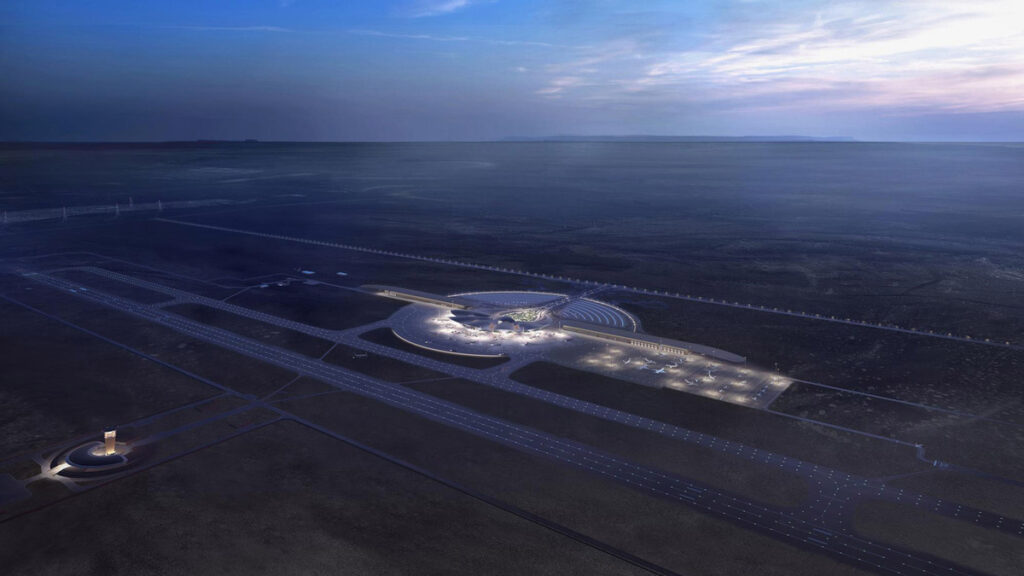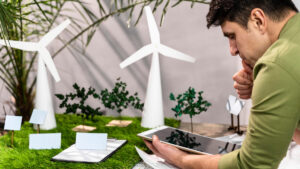In a time when sustainability is defining the direction of urban planning and architecture, net-zero commercial projects are essential advances for a more environmentally friendly society. With the use of extremely efficient construction techniques and renewable energy sources, net-zero buildings are intended to generate as much energy as they consume. By lowering long-term energy costs and raising market value, these projects not only benefit the environment but also provide financial advantages.
Leading architects and developers from around the world have pledged to achieve net-zero standards in 2025 for a range of commercial projects, from expansive airport complexes to tall office buildings. The most noteworthy net-zero commercial projects of the year are examined in this guide, along with their creative design ideas, energy-saving elements, and wider effects on the commercial real estate market. Continue reading to learn how these initiatives are setting the standard for net-zero design principles and fostering sustainable growth for upcoming projects.
Table of Contents
What Defines a Net-Zero Commercial Project?
By combining on-site renewable energy sources, cutting-edge insulation, and effective heating and cooling systems, net-zero commercial buildings balance their energy usage. To keep this energy balance, these structures frequently use energy-efficient HVAC systems, solar panels, and wind turbines. Achieving net-zero status now also entails fulfilling ever-tougher requirements, such as Energy Star ratings and LEED (Leadership in Energy and Environmental Design) certifications.
Benefits of Net-Zero Commercial Buildings
Beyond its positive effects on the environment, net-zero commercial buildings have other advantages. By using less energy, these buildings minimize operating expenses and increase property value by satisfying the increasing demand for environmentally friendly real estate. Additionally, they help create healthier interior spaces with more natural light and improved air quality, which have been demonstrated to increase occupant well-being and productivity. These considerations are becoming more and more important to tenants and investors, giving net-zero buildings a competitive edge in the current market.
Suggested article to read: Discovering the Top 7 Eco Friendly Building Projects
Top 5 Net-Zero Commercial Projects of 2025
1. Red Sea International Airport, Saudi Arabia
- Architects: Foster + Partners
- Location: Red Sea Coast, Saudi Arabia
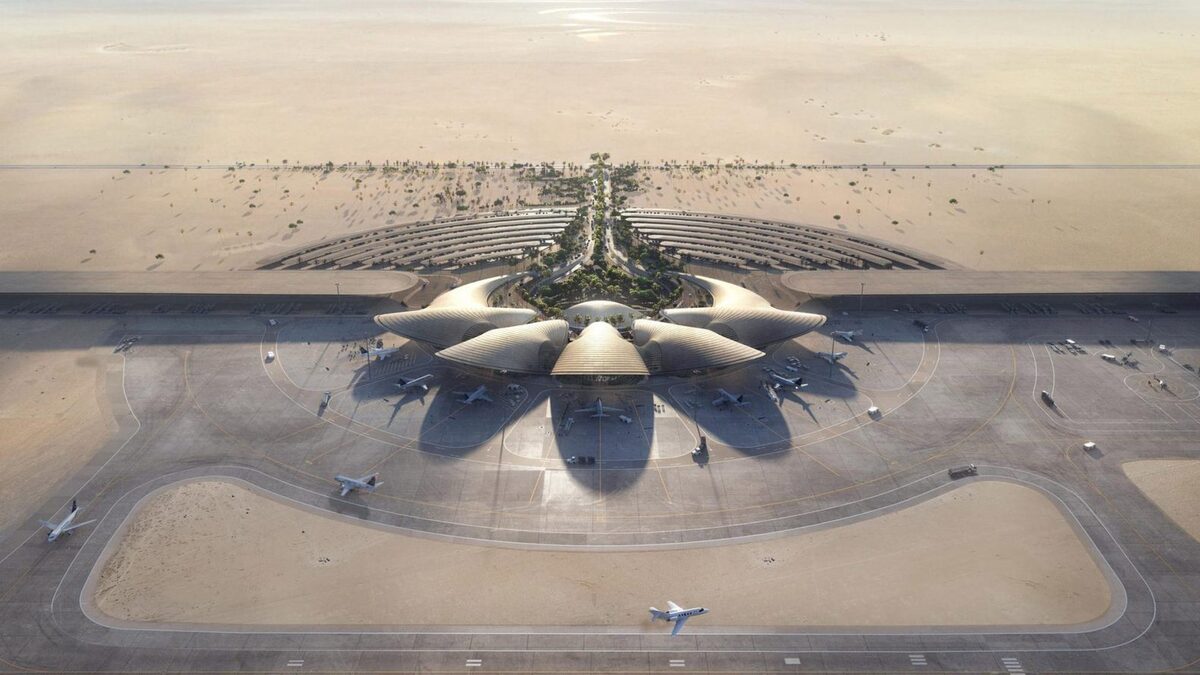
This airport, which is anticipated to handle more than a million people a year, combines cutting-edge energy technology, solar energy, and a distinctive oasis-inspired design. By utilizing natural ventilation, the radial arrangement of terminals lowers the demand for air conditioning, reducing carbon emissions and improving the traveler experience.
2. One Central Park, Sydney, Australia
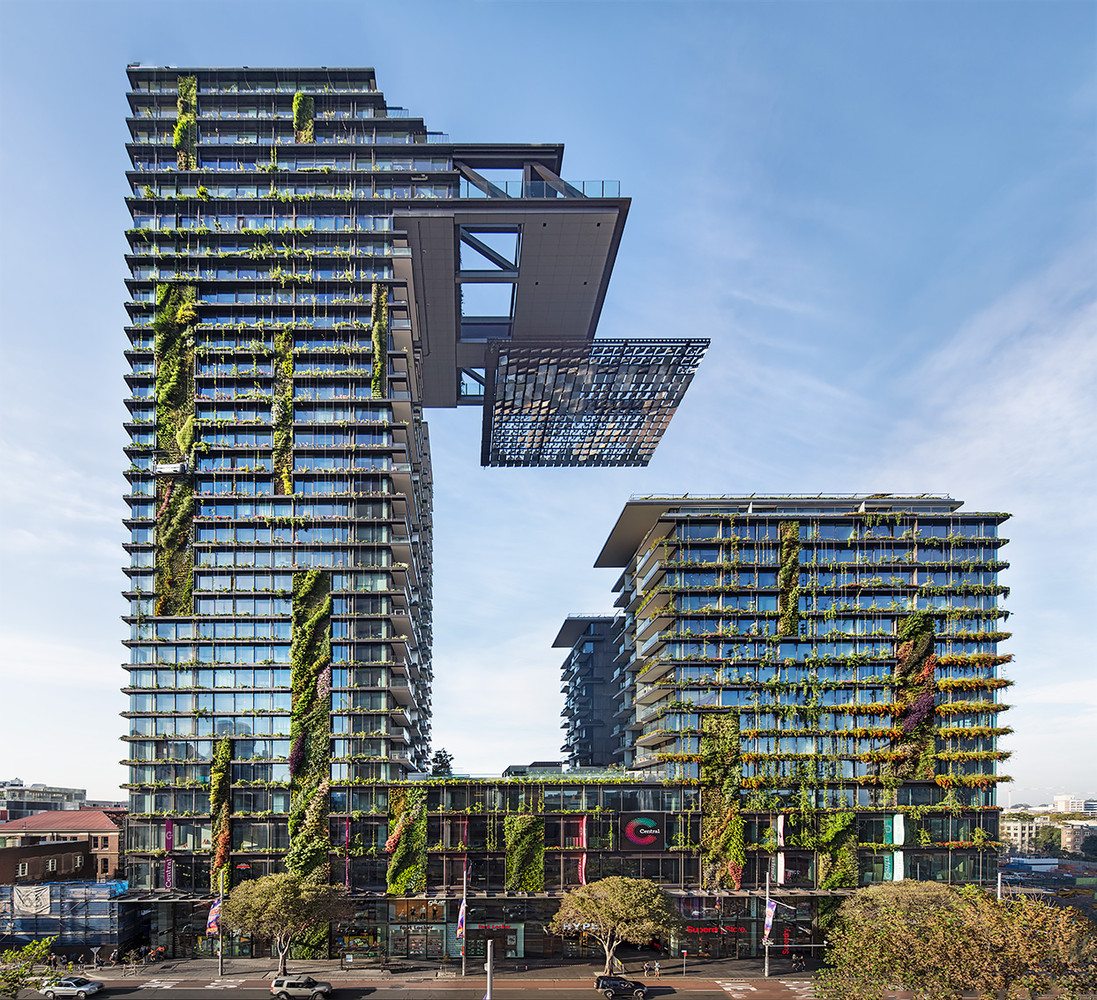
- Architects: Frasers Property, Sekisui House
- Location: Sydney, Australia
One Central Park, well-known for its breathtaking vertical gardens, blends style and utility to save energy consumption. A tri-generation plant, which reduces reliance on the city’s grid by producing energy, heating, and cooling, is part of the design. This famous structure is an example of urban sustainability since it also has water recycling systems.
3. Arkansas Museum of Fine Arts, USA
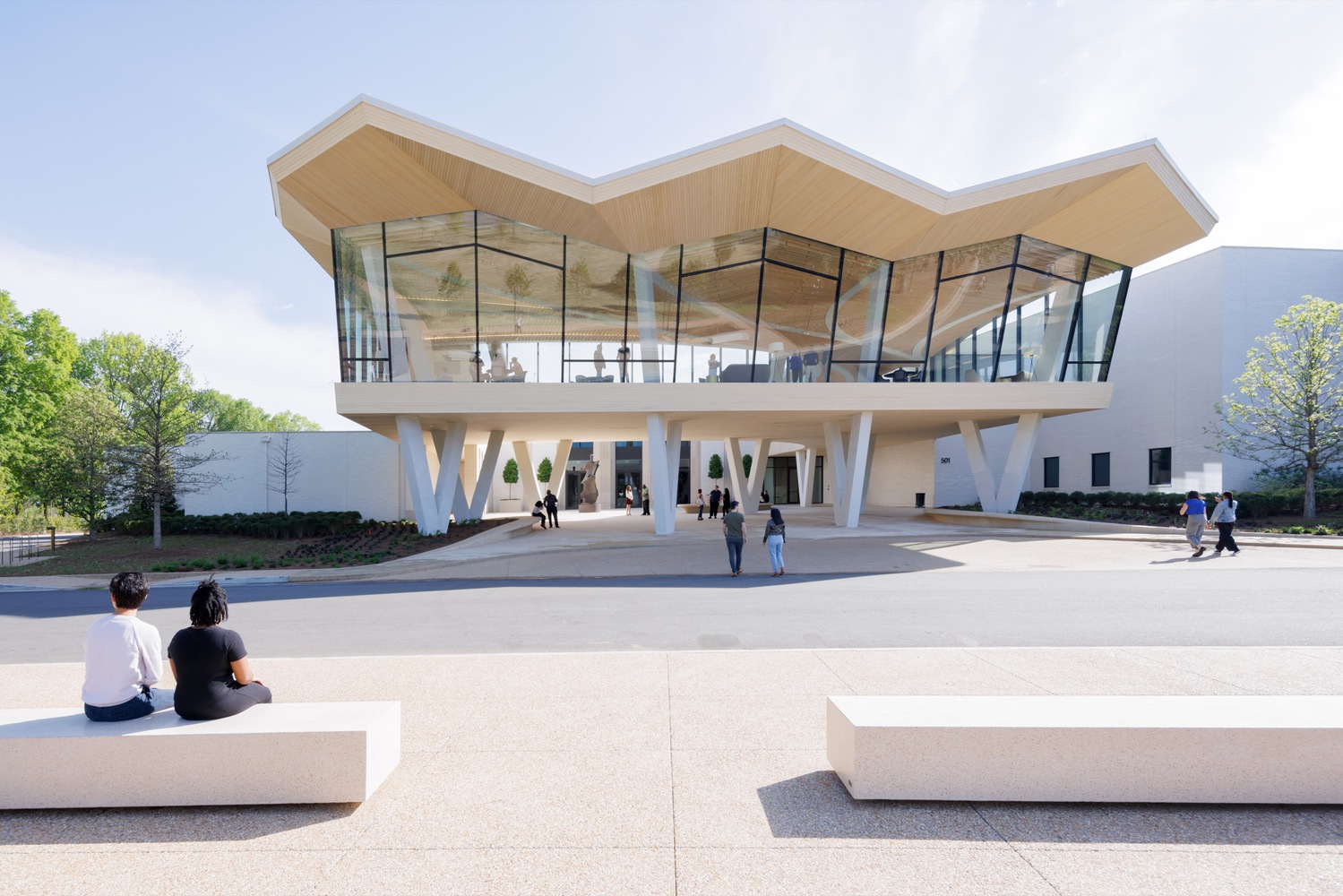
- Architects: Studio Gang, Polk Wilcox, Stanley
- Location: Little Rock, Arkansas
One example of sustainable cultural architecture is the Arkansas Museum of Fine Arts. This museum’s wide central spine, which connects galleries and improves natural ventilation and sunshine, is resilient and energy-efficient. The project uses environmentally friendly materials that reduce waste and promote sustainable practices, such as locally sourced wood and modular components.
4. EcoSpace Business Complex, Netherlands
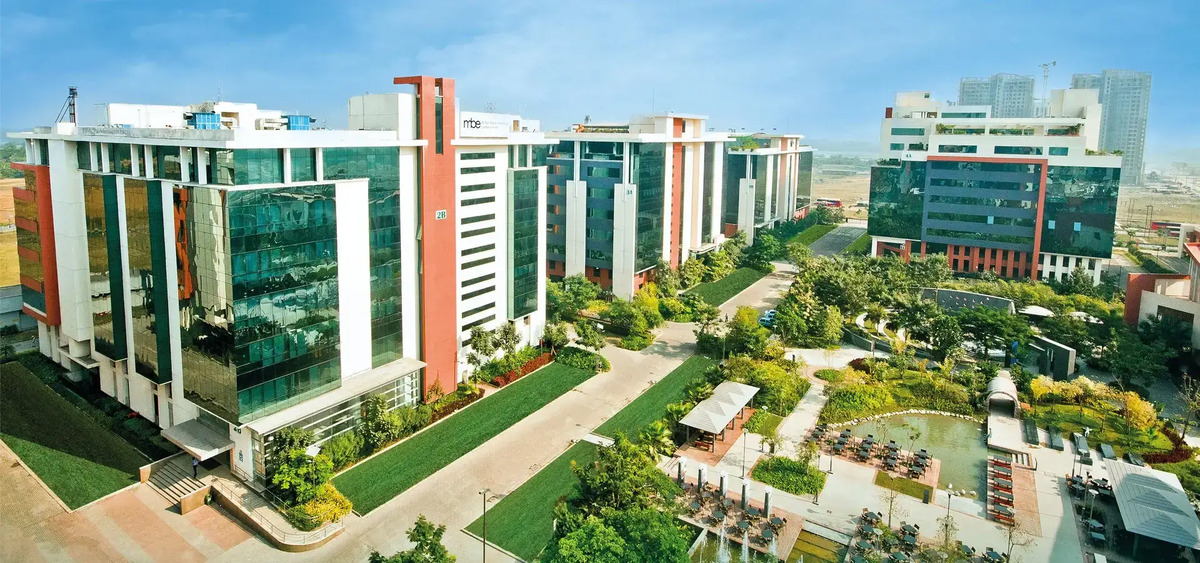
- Architects: Green Real Estate
- Location: Rotterdam
EcoSpace is now a model for business buildings that use no energy. This structure provides an energy-positive workspace with high-performance glass, geothermal heating, and solar panels. Rainwater harvesting devices and green roofs are two examples of how its landscape design contributes to water conservation.
Challenges in Developing Net-Zero Commercial Projects
There are a number of obstacles in the way of reaching net-zero status, ranging from significant upfront expenses to technological constraints. For instance, space limitations can make it difficult to integrate renewable energy systems in urban settings. Furthermore, developers are frequently put off by the expenses of maintenance, renewable energy technology, and sophisticated building materials. However, by offering affordable financing choices, financial mechanisms like C-PACE and green bonds are assisting in overcoming these challenges.
Conclusion
Real estate is changing as a result of net-zero commercial projects, which offer sustainable ways to lower carbon emissions and make spaces healthier. The best projects of 2025 provide insightful information on the layout and operation of sustainable buildings and demonstrate a global dedication to environmental stewardship and innovation.
Net-zero buildings, which combine economic and environmental benefits, are emerging as a new standard in commercial development as more developers and investors see the benefits of these initiatives. By promoting sustainability, these advancements offer increased market value, cost savings, and public appeal in addition to addressing pressing climate issues. These trailblazing initiatives inspire a more sustainable built environment for future generations by paving the way for net-zero architecture.
FAQs
What are Net-zero Commercial Buildings?
- Answer: The goal of net-zero commercial buildings is to minimize their environmental impact by using renewable energy sources to generate as much energy as they consume each year.
Why are Net-zero Commercial Projects Important?
- Answer: These initiatives help achieve global sustainability goals and increase the marketability of real estate by lowering carbon emissions, increasing energy efficiency, and providing financial benefits.
What Types of Renewable Energy are Used in Net-zero Projects?
- Answer: Geothermal heating, wind turbines, and solar panels are examples of common renewable energy sources that help balance energy use in net-zero buildings.
How can I Invest in Net-zero Commercial Buildings?
- Answer: Properties with green certifications and sustainable financing solutions, such as C-PACE, are attractive to investors since they frequently provide favorable returns because of long-term cost reductions.
Are there any Challenges to Achieving Net-zero Status in Commercial Buildings?
- Answer: Indeed, there are difficulties, such as high initial expenses, technological limitations, and upkeep requirements. However, these obstacles are lessened by financial incentives and green financing choices, which increase developers’ access to net-zero buildings.
Suggested article for reading:
Case Study: Top 4 Eco-Friendly Smart Building Construction Projects
The Future of Smart Construction; 2025 Review
Top 23 Famous Women Architects in World; 20254 Review
LCA in Building Materials: 5 Ways to Select Sustainable Options
The Role of PIM in Sustainable Construction (2025)
LCA and Carbon Footprint: 10 Effective Reduction Strategies
The Top 7 Green Architecture Projects
Resources:
Global Network for Zero | Zero Energy Project | Building Engines
For all the pictures: Freepik

